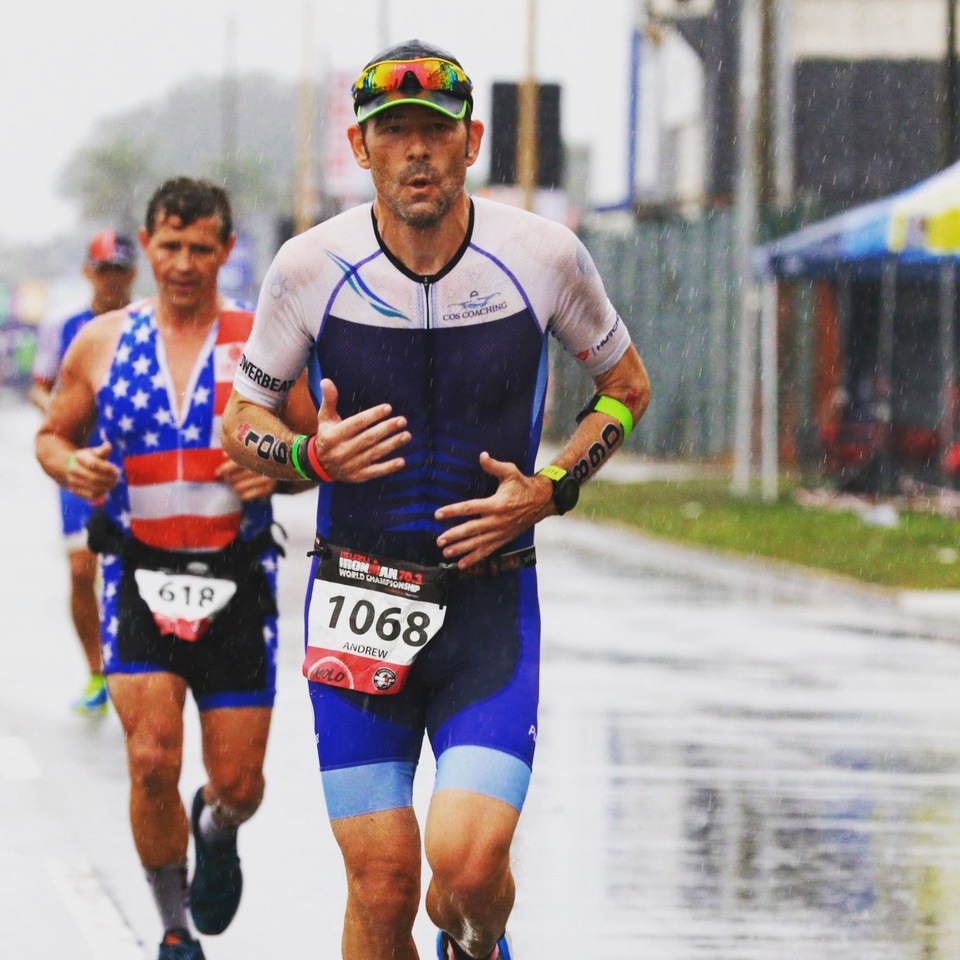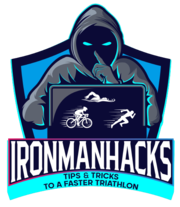In tip #3, I say you should make a friend on the run. I explain how you can get your mind off the pain and make time go faster. Basically, keep entertained.
This is a dissociative technique, or an action that separates you from the task at hand (running or cycling).
But another approach – the polar opposite – is to use associative techniques. This means you concentrate on task-relevant sensations and information coming from your body.
You are highly attuned to cues from your feet, calves, thighs, breathing, and more.
You intensely concentrate on yourself, your race, and the immediate feelings and situation.
Potegieter, in 1997, described this as “staying in the present.” Part of that is not thinking about how much longer you have to run or ride, but just thinking about maintaining the correct pace for the current segment or kilometer you are in.
These associative techniques have also been described by Jackson and Csikszenthmihalyi as “flow.”

Similarly, Rushall, in 2001, wrote about “task-relevant thought content.”
The underlying idea of associative techniques is that, particularly with experienced runners, the central governor of the brain sets the optimum pace when fed with the right sensory information.
This was demonstrated in a study done by exercise psychologist William Morgan at Madison’s University of Wisconsin in the late 1970s.
He tested both average and elite runners and found that elite runners adopt associative techniques.
Moreover, these elite runners (which included Jeff Galloway, Frank Shorter, Don Kardong, and Kenny Moore), did not believe in “the wall,” or the bonk typical of many more amateur runners at about the last quarter of a marathon.
By not ignoring the subtle psychological cues that optimize your pace, they avoid the wall altogether as they never run too ambitiously.
Morgan further explained that the average runners would dissociate by thinking of things totally unrelated to the race.
I’ve disassociated, and find it can be beneficial, maybe because I’m not an elite athlete.
Indeed, in tip #3 I state, “Another guy joined us, a Turk. He was living in Switzerland but had previously lived in Seattle. He joined our conversation about which words in Spanish start with the letter ‘s’. We talked about the Pacific Northwest, Bern, and Erdoğan.”
“We talked with the Mexican, Arturo, about how to deal with airlines after they damage your bike. Arturo was a pilot. We discussed so many things that we really forgot we were running. And before I knew it, we had reached kilometer 17 or 18; nearly finished.”
Morgan also noted the need for more average athletes to engage in such dissociative behavior later on in the race as their discomfort becomes more difficult to mange.
Tim Noakes, in the Lore of Running, states, “My conclusion from this explanation and my own observations is that as athletes mature with years of training and racing experience, they gradually learn how to pace themselves optimally.”
“Perhaps this indicates that they eventually learn to transfer the responsibility for pacing from the conscious brain to the subconscious governor…the sooner you learn this lesson the more fulfilling your running career will be.”
Related tips:
